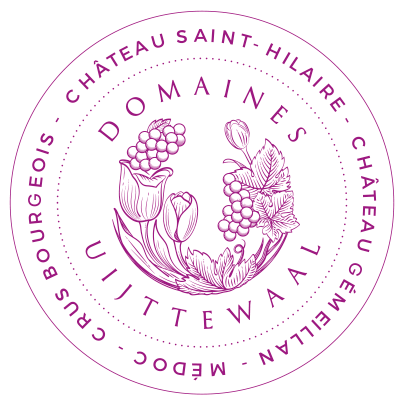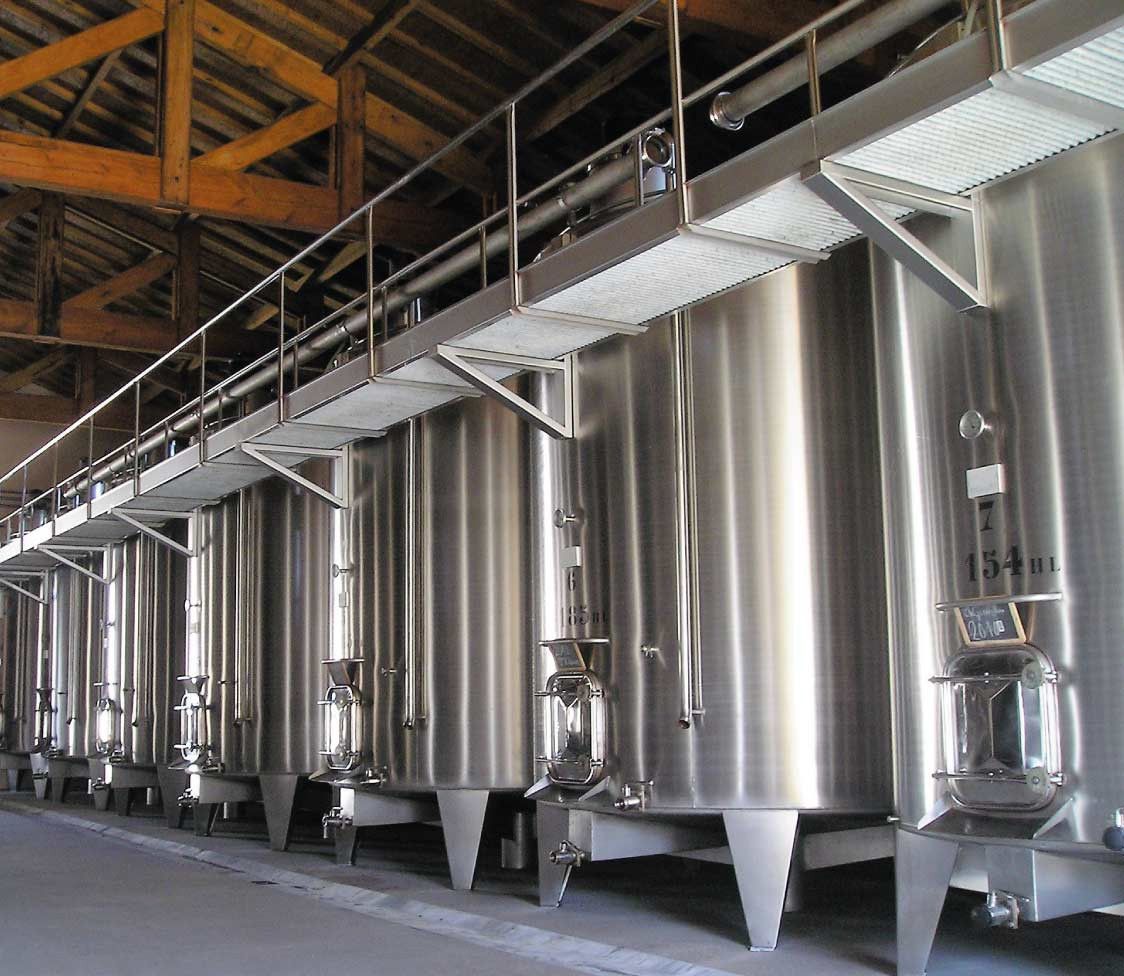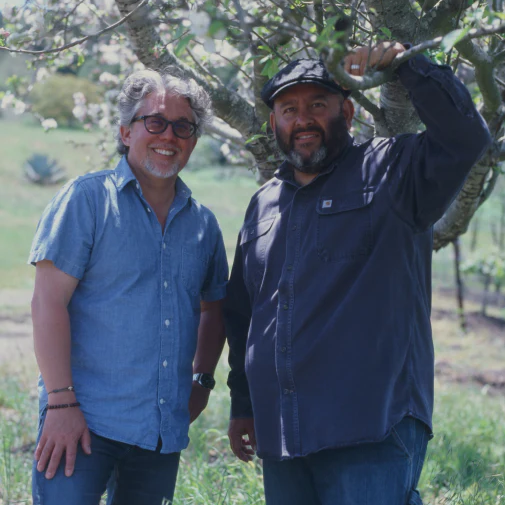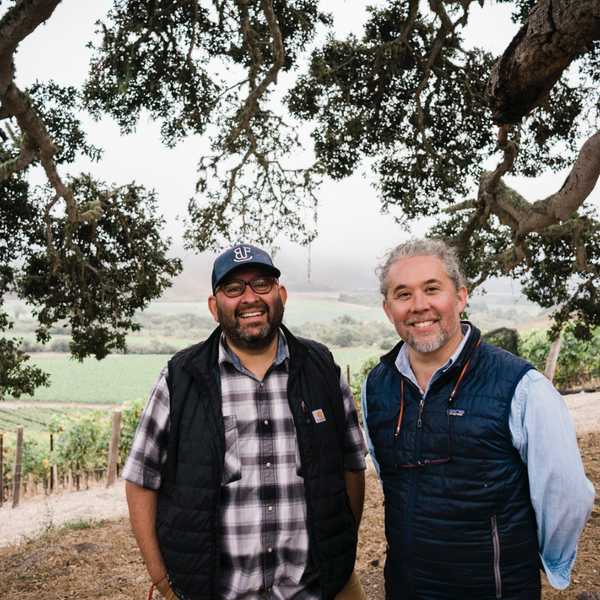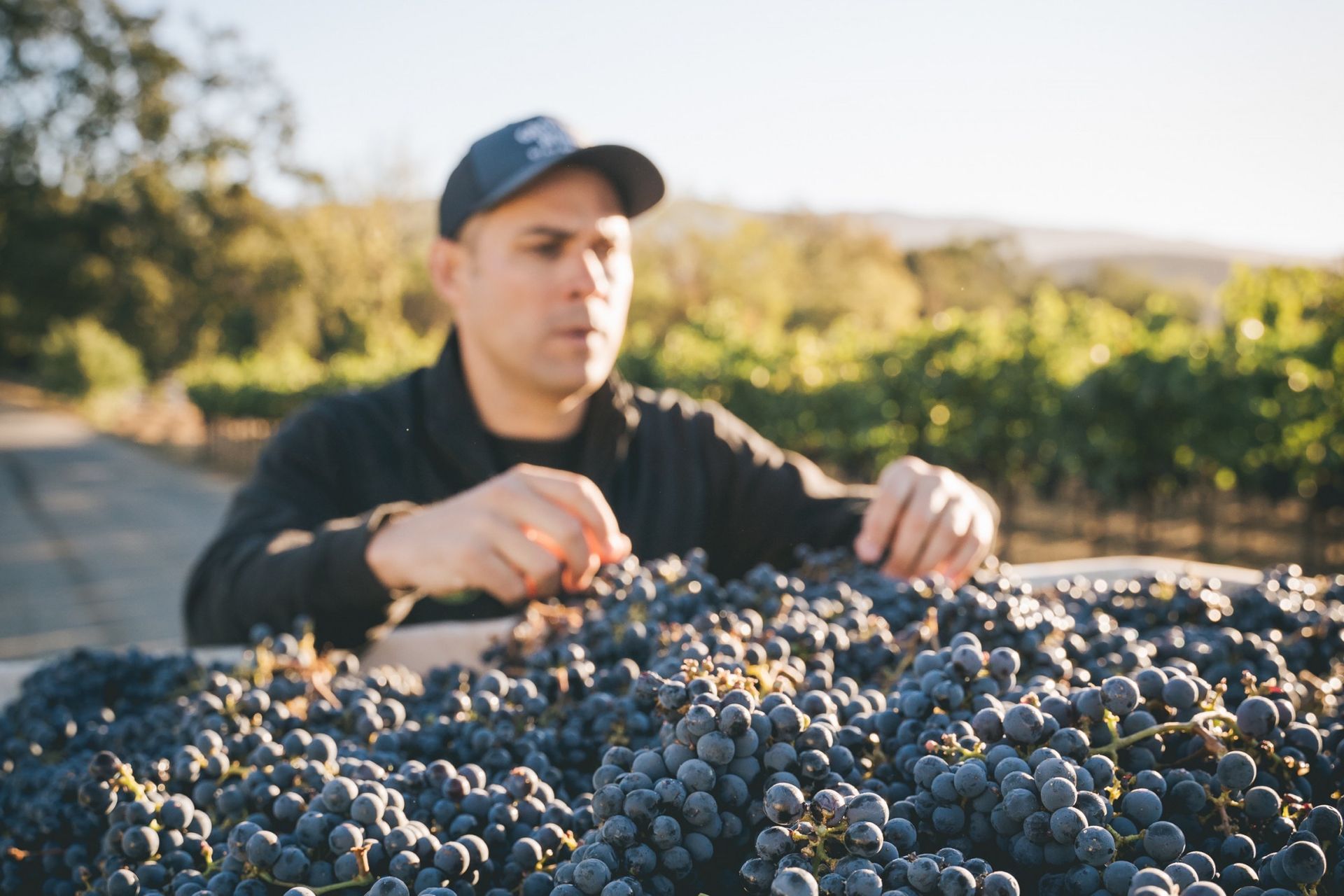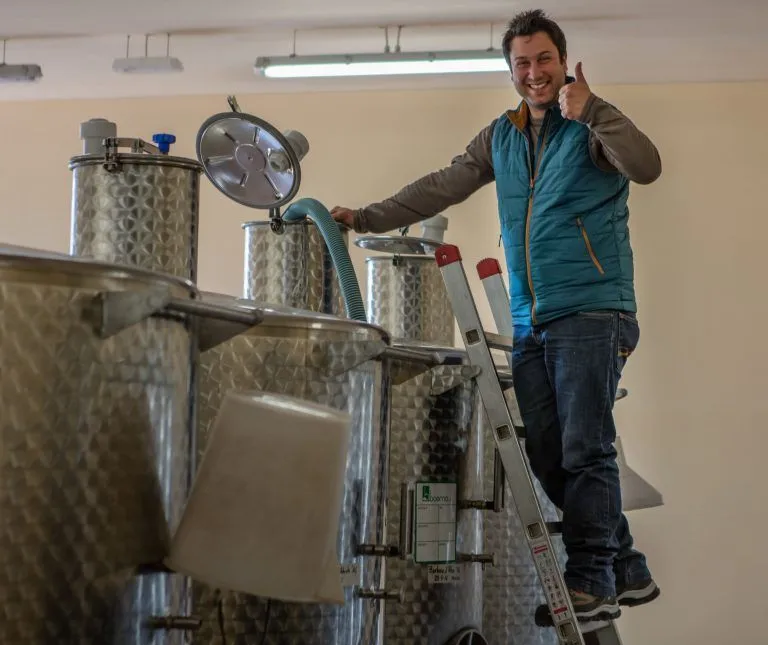Médoc, Bordeaux, France
Château Saint-Hilaire is a gem of the deep Médoc. It is today run by Elise Uijttewaal, who returned to the Château in 2017, following her studies in Agriculture and practicums in Canada and the United States. She continues to work closely with her father Adrien to develop Château Saint-Hilaire into an ever finer version of itself. The excitement is palpable in the wine itself.
By Bordeaux standards, Château Saint-Hilaire is still wet behind the ears. The domaine was born out of Adrien Uijttewaal’s bucolic passion for wine and ranching. At the age of 18, as one does, this intrepid young Frenchman with the Dutch last name ventured out from his family’s dairy farm in the Limousin region to make a buck picking grapes in Bordeaux. He immediately fell enamoured of the idyllic charms of the Médoc. Four years later, he and Fabienne decided to settle down here and pursue the twin aims of growing great wine and caring for great dairy cattle (no wonder the estate’s image is so hand-in-hand with their 180 head of happy cows!).
They bought in the summer of 1982. Anyone who knows their Bordeaux vintages knows: their timing couldn’t have been better. (Such recent history makes Château Saint-Hilaire’s swift rise to Cru Bourgeois status in 2003 and Cru Bourgeois Supérieur status in 2020 all the more impressive.) Adrien planted his first vines on the edge of the Gironde estuary while starting his herd of Blondes d’Aquitaine on the natural grasslands of this wild, ocean cuddled frontier where the forest and estuary narrow to a head, far from the madding crowd. I was swept up by how remarkably quiet and peaceful this area was, only an hour north from busy Bordeaux, beyond the Haut-Médoc’s buttoned up column of illustrious appellations. Adrien’s new vines luckily found themselves on excellent terroir, Jau Dignac Loirac, the tail end of the famous gravels of the left bank. This far onto the peninsula you will find the greatest exposure to the weather of the sea—a growing boon in our changing climate. He planted as well on clay and limestone soils in Queyrac, further in, where Merlot flourishes, and on sandy-clay soils in Gaillan, all giving a diversity of expressions.
In 2012, the vineyard was extended on a deep gravelly soil right up against the Gironde estuary in Valeyrac, a factor in the improvement in their wines and Cru Bourgeois Supérieur promotion. Thus, their wine now includes fruit from estate vineyards in four different communes of the Médoc AOC, staked out like a diamond in the furthest reach of the Médoc peninsula, stitching a rich tapestry of quintessential Médoc expression: fleet-footed wines with lighter body, fresher fruit, and great purity of flavour, structured perfectly for a hundred stripes of French cuisine.
For young wine lovers, we see this estate as the perfect opportunity to begin building a cellar if you have not already. Wines do not have to be expensive to age well, and Château Saint-Hilaire is proof positive. To that end, we’ve brought both the 2014 and 2020 vintage and priced them the same in order to demonstrate the flavour of patience.
The vineyards are Terra Vitis and HVE certified (and the beautiful cows, who also provide the vineyards with any fertilization they may need, are certified under the “La Signature des Eleveurs Girondins” program). The wines are pressed in both traditional vertical presses and pneumatic presses depending on the variety and condition. Fermentation takes place in stainless steel before being racked to French oak barriques. They work with seven different coopers for a diversity of origin of oak flavours. The oak is renewed every four to five years for an average of 20-25% new oak in the final blend. It ages 12 months therein before being blended and bottled. They produce 200,000 to 250,000 bottles per year, depending on vintage conditions. Their style is all about elegance and balance. They have a quiet, thoughtful quality to them that I just love.
Since their inaugural vintage they had worked with guidance from the renowned oenologist, the late Jacques Boissenot. Today, they continue to work with his son, Eric Boissenot—the advisor to Lafite, Mouton, Latour, Margaux, to name a few—as they’ve always shared their vision of restrained terroir-driven wine making that favours tradition over trends. Yesterday it was bigger, bigger. Today it is leaner, leaner. The philosophy is to grow the best fruit possible, then craft the wine to fit the fruit that the place wants to grow. It is why he values his work just as highly with the ‘lesser’ Médoc domains he loves, as stated in a recent interview in Decanter, who, as it happens, awarded the above mentioned 2020 vintage 92 points at DWWA.
Wines by this Producer
News, Views and Happenings from Vino al Vino
New Paragraph
Contact Us
We will get back to you as soon as possible.
Please try again later.
*You are consenting to receive marketing emails from us. You can revoke your consent at any time by unsubscribing.
2014 - 2025 © All Rights Reserved Vino Al Vino Inc.

